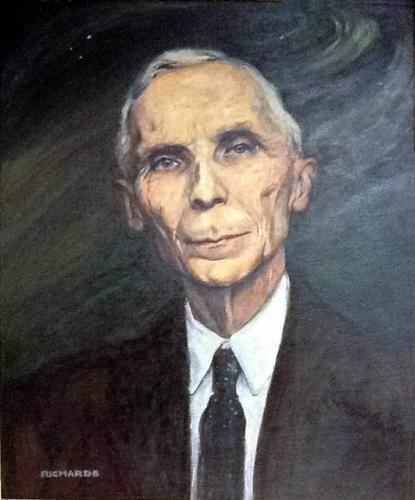Nationality Canadian Role Astronomer | Name Clarence Chant | |
 | ||
Born 31 May 1865Ontario, Canada ( 1865-05-31 ) Alma mater University of TorontoHarvard University Died November 18, 1956, Ontario, Canada Fields | ||
Clarence Augustus Chant (May 31, 1865–November 18, 1956) was a Canadian astronomer and physicist.
He was born in Hagermans Corners, Ontario to Christopher Chant and Elizabeth Croft. In 1882 he attended Markham High School, where he demonstrated a mathematical ability. After graduation, he attended St. Catherines Collegiate Institute and York County Model School in Toronto. He left to work as an instructor in 1884, and taught at Maxwell, Osprey Township for the following three years.
By 1887 he began studying mathematics and physics at the University College of the University of Toronto. Upon graduation in 1890 he became a civil servant in Ottawa, working as a temporary clerk in the office of the Auditor General. Due to the limited prospects his stay at this job was brief, however, and in 1891 he was offered a fellowship at University of Toronto, where he gained an appointment as a lecturer of physics the following year.
While working at the university he became interested in astronomy, and in 1892 he joined what would become the Royal Astronomical Society of Canada. He served as president of the organization from 1904 until 1907, and also performed editing duties for the society's journal until 1956. He also contributed articles to the journal and the annual Observer's Handbook.
In 1894 he married Jean Laidlaw, and the couple would have two daughters and a son. He earned his master's degree in 1900, and was granted a leave of absence to study for a Doctorate at Harvard University. He returned to Toronto with his Ph.D. in 1901 as a professor. In 1905 he introduced optical astronomy courses at the University of Toronto, and was the sole astronomer at the university until 1924. He lobbied the city of Toronto for an observatory, but the project was shelved with the advent of World War I.
During his career he joined five expeditions to observe solar eclipses, including the 1922 expedition that tested Einstein's theory that light could be deflected by a massive body. He performed early investigations into X-ray photography. In 1928 he published the book Our Wonderful Universe.
Finally in 1935, after many years of labor and the financial backing of the family of mining executive David Alexander Dunlap, his dreams of a world-class observatory for Canada were achieved with the opening of the David Dunlap Observatory. He retired from the university when the observatory opened, and moved into the Observatory House, Richmond Hill. He died at 91 years of age during the November 1956 lunar eclipse while still residing at the Observatory House.
